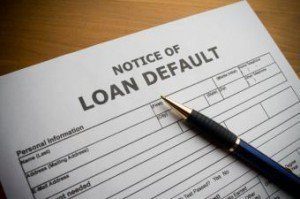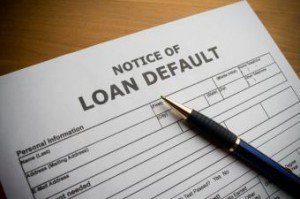 Mortgage default risk rose in the U.S. in Q1 2019 as a result of increased economic risk and borrower risk, according to the recently launched Milliman Mortgage Default Index [1] (MMDI).
Mortgage default risk rose in the U.S. in Q1 2019 as a result of increased economic risk and borrower risk, according to the recently launched Milliman Mortgage Default Index [1] (MMDI).
The quarterly report calculates a lifetime default rate estimate based on the loan level for a portfolio of single-family mortgages delivered to Fannie Mae, Freddie Mac, and Ginnie Mae. The data for Q1 2019 indicated that the MMDI for government-sponsored enterprise (GSE) acquisitions increased to an estimated average default rate of 2.19%, up from 1.83% in 2018. For Ginnie Mae loans, the Q1 2019 MMDI rate rose to 8.77%, from 7.09% in the prior-year period.
"Default risk is driven by various factors including the risk of a borrower taking on too much debt, underwriting risk such as certain mortgage features, and economic risk such as a recession, which can put pressure on home prices," said Jonathan Glowacki, principal and consulting actuary at Milliman and author of the MMDI. "In the first quarter of 2019, we've seen default risk creep up for both GSE and Ginnie loans as a result of an increase in borrower debt-to-income ratios, credit score drift, and the anticipated increased risk of an economic downturn."
Comparing the current data to the actual to-date default rate of GSE mortgages shortly before the financial crisis in 2007, the MMDI indicated that the actual to-date default rate for Freddie Mac at that time was 13.8%.
Similarly, the actual to-date default rate for Federal Housing Administration (FHA) loans originated in 2007 was approximately 26.5%, according to FHA's Single Family Loan Performance Trends report as of February 2019. "While this data is not directly comparable, these numbers provide an equivalent comparison of the magnitude of defaults during the crisis relative to the expected mortgage default risk for new originations in 2019," the report indicated.
Click here [1] to view the detailed findings of this index.
